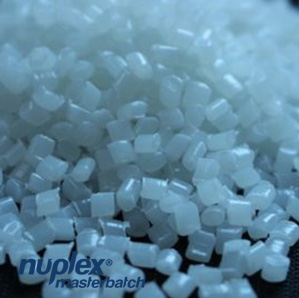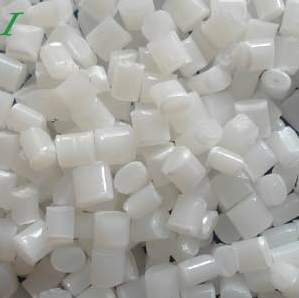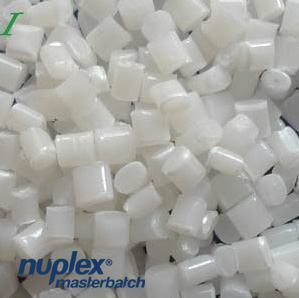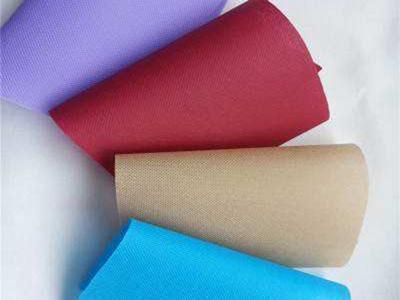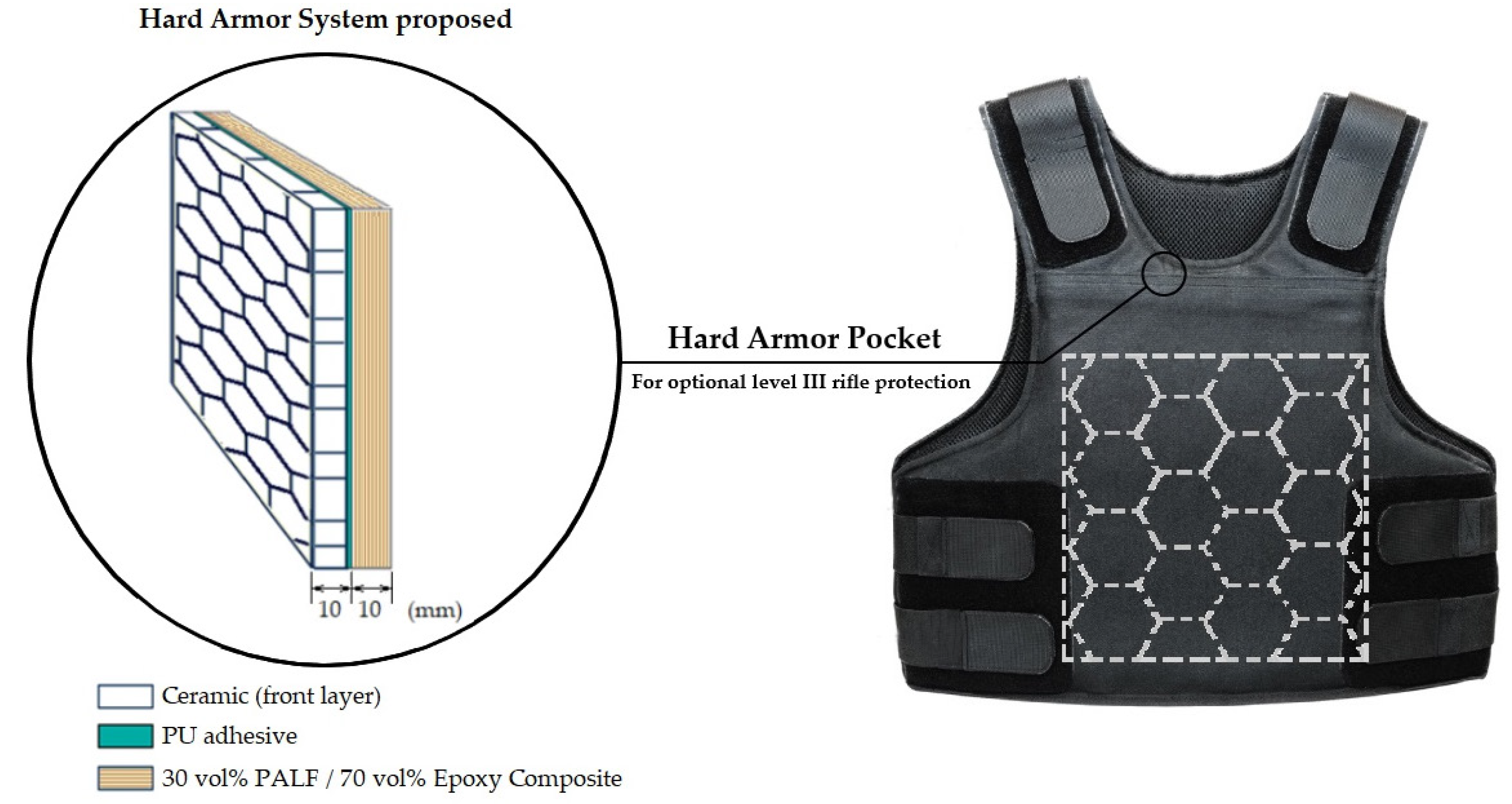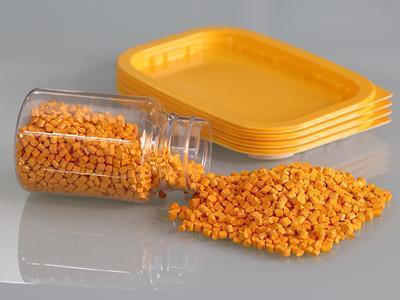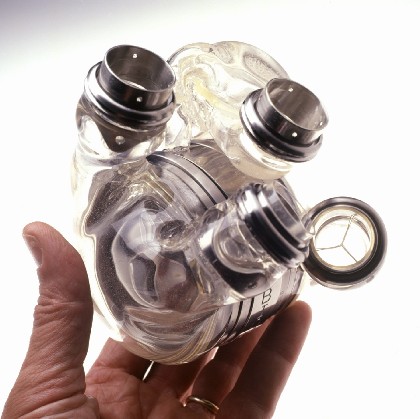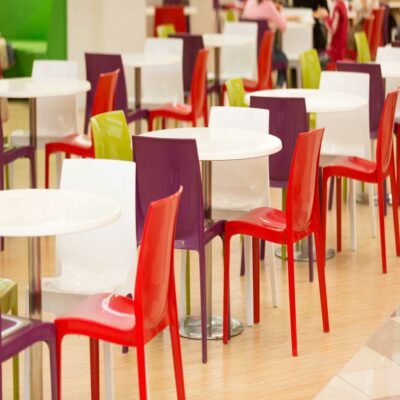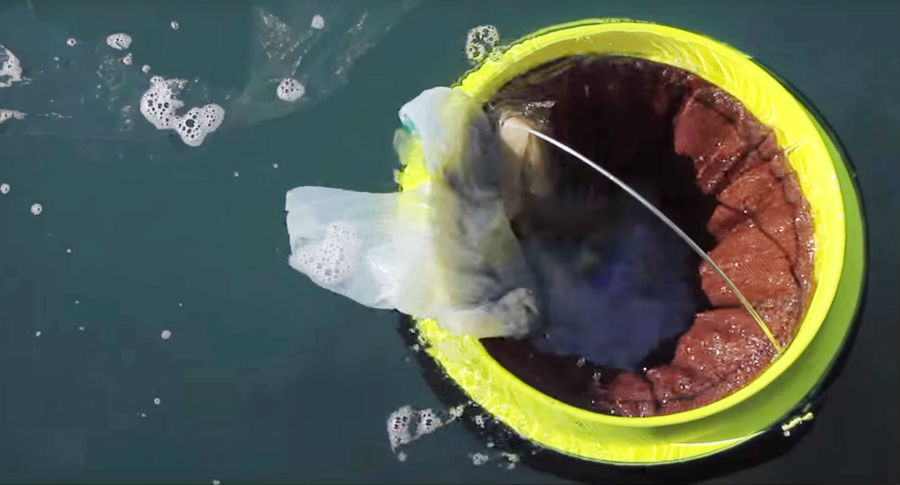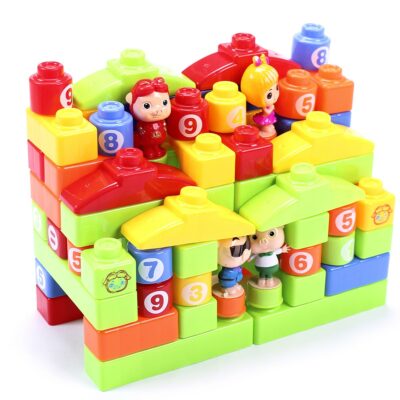Calcium carbonate filler is one of the most innovative solutions ever developed in this industry. Calcium carbonate filler not only functions in improving the quality of final plastic products but also helps plastic manufacturer reduce as much production cost as possible, hence gain more profits. Let us provide you a deep insight on this special plastic material.
What is CaCO3 – the main ingredient for calcium carbonate filler?
CaCO3, IUPAC name is calcium carbonate, is a chemical compound commonly found in nature. They exist in constituent substances of plenty living animals (the hard shells of marine animals such as shellfish, snails, pearls or eggshells) as well as geological forms. The most popular and well-known source of CaCO3 is from limestone ores, a sedimentary rock often formed near waterfalls or streams. This is also the main source to provide calcium carbonate filler for plastic industry. In addition, calcium carbonate can be found in other minerals and rocks such as chalk, marble, limestone, otufa and travertine.
Where does the calcium carbonate filler come from?
Most of CaCO3 used in industrial productions, especially the calcium carbonate filler used in plastic industry is exploited from quarries (marble mines) or rocks mountains (limestones ores). Understanding this, MTB experts have studied and explored ways to exploit these limestone resources which are very favored by Vietnam. MTB always focuses on exploiting thousands-years-old limestone mines with abundant and quality CaCO3 reserves, which are highly appreciated by French geological experts in order to find the best and cheapest raw materials serving as the main ingredient for masterbatch production. In addition to exploiting limestone in nature, there is another source of calcium carbonate that is an artificial product produced by the reaction of CO2, water and lime (CaO).

Some typical properties of calcium carbonate filler
Limestone powder in natural without any treatments has the color ranging from milky to ash. Calcium carbonate is odorless and has 3 polymorphs (morphological forms) of calcite, aragonite and vaterite, in which calcite is the most stable polymorph. CaCO3 is an alkaline compound that reacts strongly with acid solutions producing CO2 gas. Under high temperatures, calcium carbonate is broken down into calcium oxide (CaO), often called as lime.
How did experts classify CaCO3 to produce calcium carbonate filler?
After being exploited and passed through preliminary treatments, people divide CaCO3 into 2 types: smooth CaCO3 (Ground calcium carbonate – GCC) and precipitated CaCO3 (precipitated calcium carbonate – PCC). On the market today, smooth CaCO3 GCC is the most important filler being used in many industries, especially as a plastic additive compound. Fine calcium carbonate filler is produced by crushing coarse limestone into tiny granules, mostly in powder form, then these granules will be classified based on their size.
Whereas precipitated CaCO3 PCC is often used as an additive for reinforcing the fillers as well as adjusting effects of other materials. The production process of this CaCO3 is much more complicated than smooth CaCO3 production, including 3 main steps in which firstly, there must be the calcification of raw materials under high temperature (1000oC), then the lime will be hydrated into milk lime. Finally, milk lime will be carbonized by passing through CO2 and filtered in combination of drying process to produce the final product is precipitated CaCO3 in dry form.

What kind of advantages calcium carbonate filler can bring to plastic manufacturers?
Since the masterbatch manufacturer can alter the production processes to control the shape and size of the precipitates CaCO3, PCC offers a series of more advanced technical effects than smooth CaCO3 GCC and other expensive additives. On the chemical side, the components of both PCC and GCC are nearly identical. PCC is more pure in terms of purity because in the process of manufacturing them, the content of silica and lead is removed. The biggest difference between these two calcium carbonate filler forms lies in the crystal size and shape under high magnification. In general, the distribution of particles (in crystals) in precipitated CaCO3 is narrower than in smooth CaCO3, helping them to achieve better oil absorption and bearing capacity.
In general, CaCO3 powder is widely used as a plastic additive in industrial production for several reasons:
- CaCO3 has a natural bright whiteness, so plastic products that use CaCO3 filler will achieve high brightness and whiteness without using bleach, whitening agents or other coloring products. This saves an expense for masterbatch manufacturer
- CaCO3 is a mineral source with abundant reserves in nature. It is easy to exploit and process so their prices are very cheap. Producers can use calcium carbonate in large quantities without worrying about cost.
- Mixing calcium carbonate filler into primary plastic will not change the characteristic of primary plastic, so using them to replace a part of input materials in the production of plastic products will help producers saving a lot of costs
- Besides, CaCO3 has good heat resistance, structure of the curvature and size which is suitable for many types of plastic
- Eco-friendly, can prevent evaporation and reduce the temperature in the factory
- CaCO3 helps to increase the hardness, luster of the product surface, helps the manufacturer to produce more beautiful packaging with diverse designs
- Can be used in conjunction with plastic additives and other colorants that are comfortable

Other applications of calcium carbonate filler in other industries
It can be said that CaCO3 is one of the most versatile compounds on earth. Today, they are not only exploited and used by humans as a calcium carbonate filler masterbatch but also in many other industries and productions. As many people have responded, the most traditional application of calcium carbonate is to use as a chalkboard.
Applications of CaCO3 in producing glass, ceramics and construction
Besides being the calcium carbonate filler widely used by plastic manufacturer CaCO3 is also an indispensable additive in glass and ceramics industry. Accounting for 1/5 of the total amount of raw materials (about 20-25%) used to produce glass, calcium carbonate powder helps these products achieve better and more stable under natural environmental conditions. At the same time, when added to the raw materials in the ceramic production processes, they serve as an additive to help these processes occurring more quickly and more completely.
Not only produce glass and ceramics, limestone, with the main ingredient is CaCO3, is also a common material widely used in construction industry. From limestone, people can create cement, concrete, pavement spreading material and construction of architectural works.
Applications of CaCO3 in agriculture, medical and environmental sectors
One of the interesting applications of limestone powder that is not much known besides of being calcium carbonate filler is that they are used as a substance to stimulate the formation and development of several poultry types. CaCO3 is mixed into animal feed and becomes an essential nutrient source for poultry bones and egg shells to grow and develop. Besides, CaCO3 is also a major component of an oral drug such as calcium supplements for people with osteoporosis and a drug called antacid used to neutralize acid in the stomach and is used to reduce heartburn, dyspepsia and upset stomach.
Thanks to its ability to stabilize pH for soil and water, as well as being environmentally friendly, CaCO3 is also often used to prepare fertilizers and pesticides to help plants grow stably and healthy. In particular, with the ability to be a neutralizer and detoxifier for other toxic compounds, toxic gases, both in nature (like sulfur, acids, NH3, H2S, CO2, etc.) and in industry as well as daily life, calcium carbonate powder is also an indispensable ingredient widely used in the environmental treatment industry and the production of detergents.


 Tiếng Việt
Tiếng Việt



